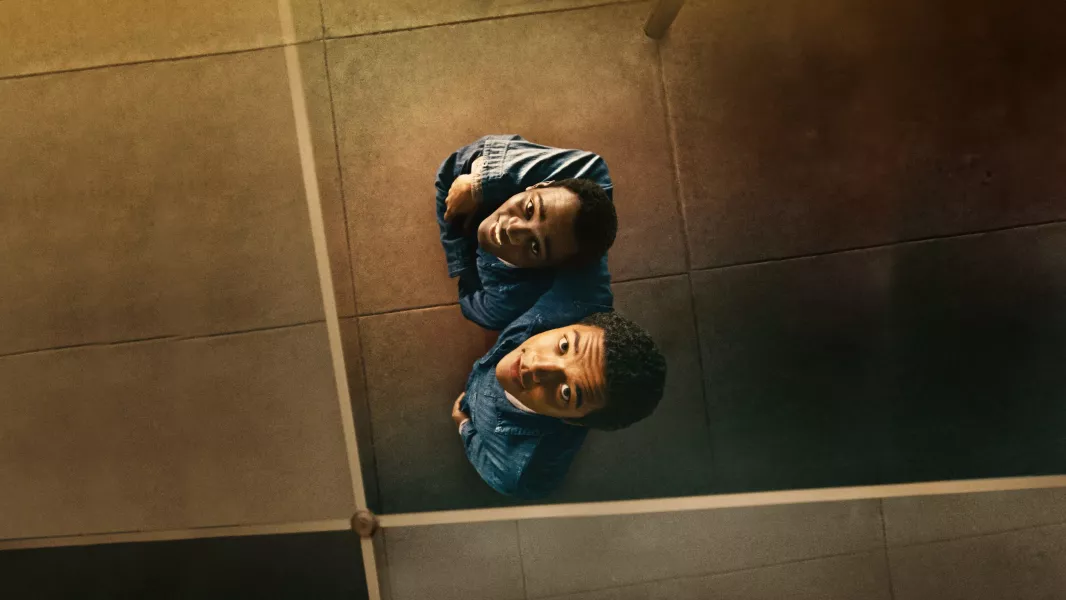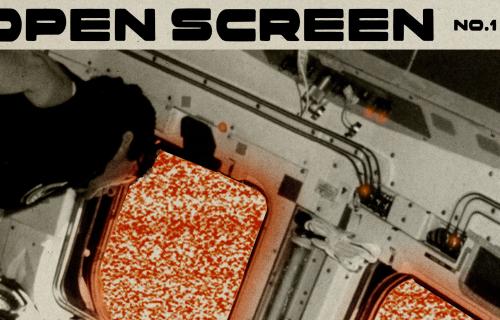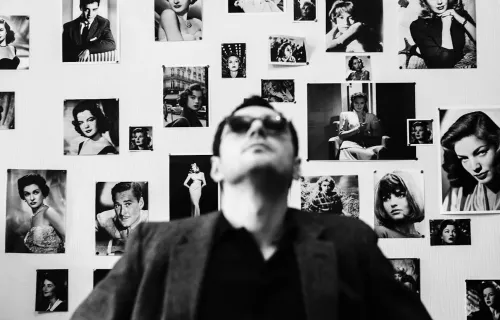
english below
Elwood Curtis is een jonge Afro-Amerikaanse jongen die in de jaren '60 onterecht wordt opgesloten in een gewelddadige heropvoedingsschool in Florida. In deze keiharde en corrupte instelling ontmoet hij Turner, die zijn kijk op het systeem en de samenleving volledig verandert.
RaMell Ross levert een krachtige adaptatie van Colson Whiteheads Pulitzer-winnende roman Nickel Boys, waarin hij een visuele stijl gebruikt die zowel poëtisch als confronterend is. Het verhaal wordt deels verteld vanuit het perspectief van de personages zelf, wat de onrechtvaardigheid en onderdrukking die ze ervaren versterkt. De cameratechnieken zorgen voor een intense, persoonlijke ervaring die het zware realisme van het verhaal extra doet voelen. De film combineert de persoonlijke verhalen van de hoofdpersonen met de bredere sociale context van racisme in de VS.
NICKEL BOYS laat een diepe indruk achter door de verhalen van onderdrukking en onrecht niet alleen te vertellen, maar ook echt voelbaar te maken. Ross slaagt erin de menselijke kant van deze ervaringen te tonen, terwijl de visuele stijl het harde, soms ongemakkelijke realisme van het verhaal onderstreept. Een scherpe blik op racisme en institutioneel geweld.
ENG
The film is in English with Dutch subtitles
Elwood Curtis is a young African American boy who, in the 1960s, is wrongfully locked up in a violent reform school in Florida. In this harsh and corrupt institution, he meets Turner, who completely changes his view of the system and society.
RaMell Ross delivers a powerful adaptation of Colson Whitehead's Pulitzer Prize-winning novel Nickel Boys, using a visual style that is both poetic and confronting. The story is partly told from the characters' perspectives, intensifying the sense of injustice and oppression they experience. The cinematography creates an immersive, personal experience that makes the harsh realism of the story even more palpable. The film weaves the personal stories of the main characters with the broader social context of racism in the U.S.
NICKEL BOYS leaves a lasting impact by making the stories of oppression and injustice not just told, but truly felt. Ross captures the human side of these experiences, while the visual style emphasises the tough, often uncomfortable realism of the narrative. A sharp critique of societal issues surrounding racism and institutional violence.



